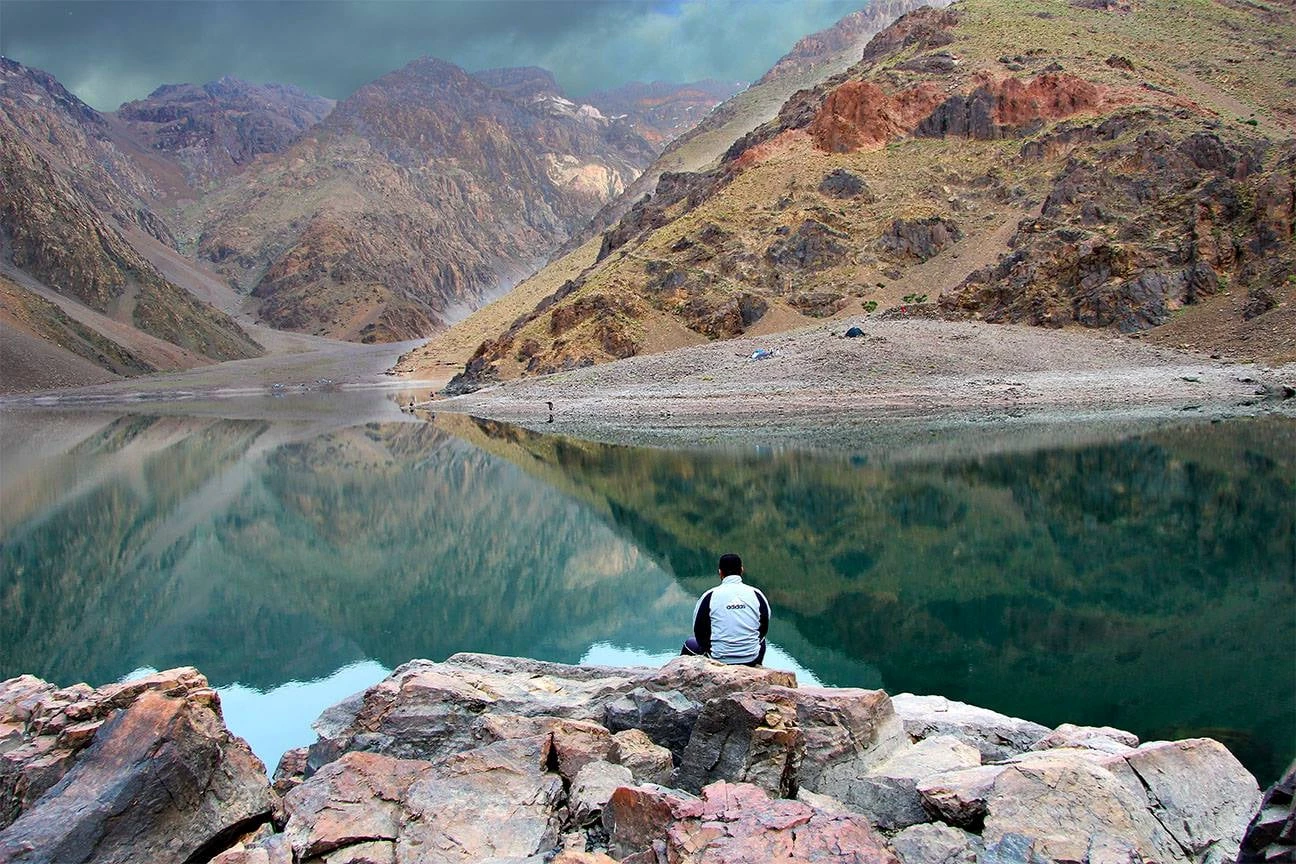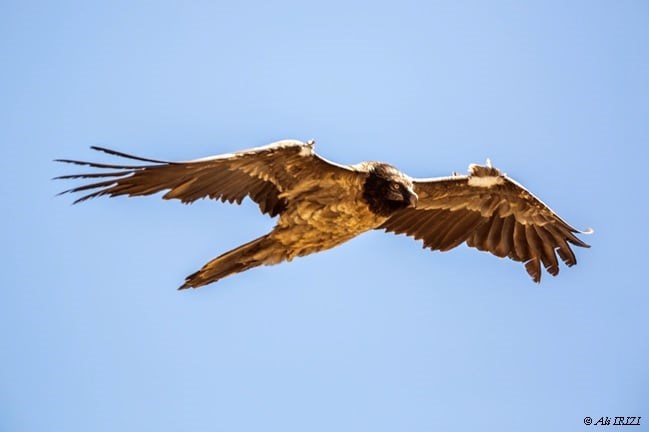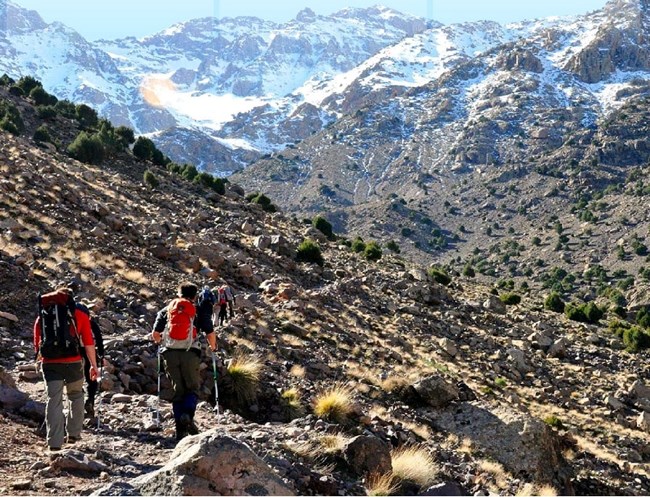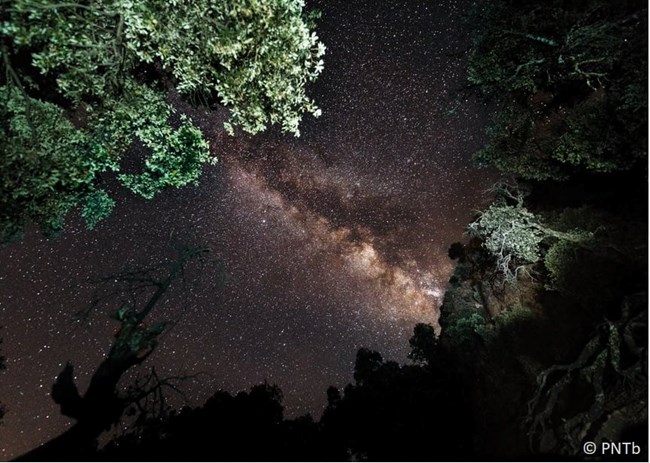
Toubkal National Park in Morocco and Great Basin National Park established a formal Sister Park Agreement in May 2016, which encourages international collaboration and sharing of information between parks. Toubkal National Park, created in 1942, was the first National Park in Morocco. They are celebrating the 80th anniversary in 2022, while we are also celebrating the 100th anniversary of Lehman Caves National Monument! The National Park covers roughly 147 square miles of the High Atlas Mountains in central-western Morocco and has approximately 40,000 visitors each year. Despite being on an entirely different continent than Great Basin, the two National Parks are connected through their common environments and goals.



Great Basin and Toubkal National Parks prioritize the preservation of the biodiversity of their environments, promotion of sustainable environmental tourism, protection of cultural resources, and environmental education. Though there is no requirement to do so, Great Basin and Toubkal National Parks will hopefully continue to support each other with reaching these goals. Take virtual tours of Toubkal National Park, visit theirofficial website, or check out their Facebook page to learn more! |
Last updated: September 15, 2022
